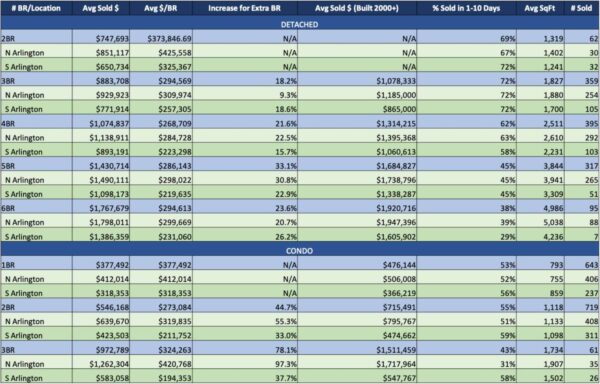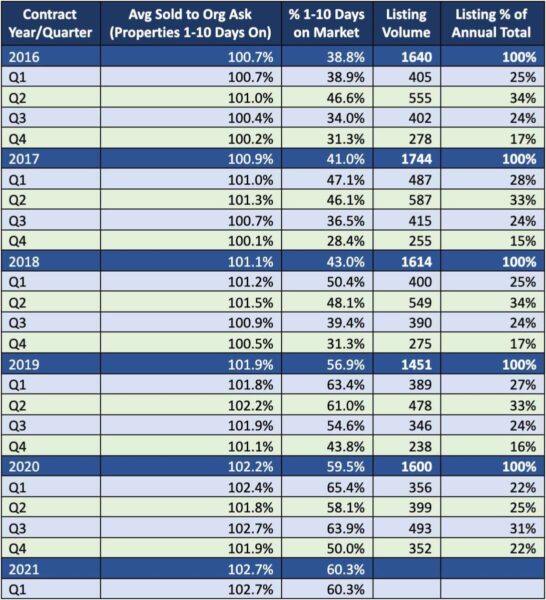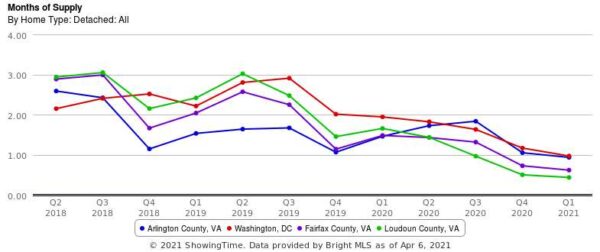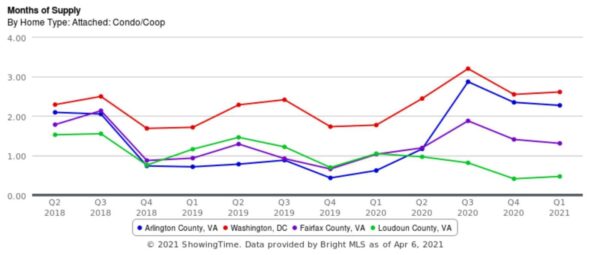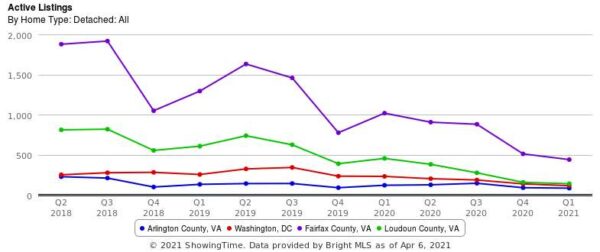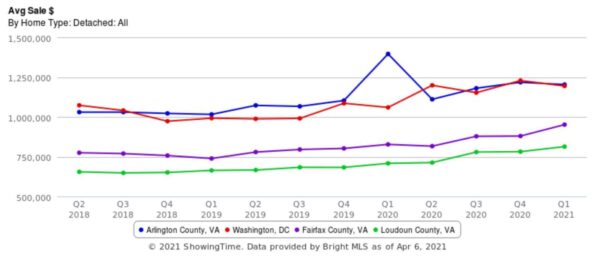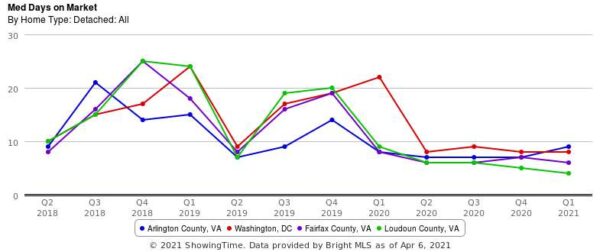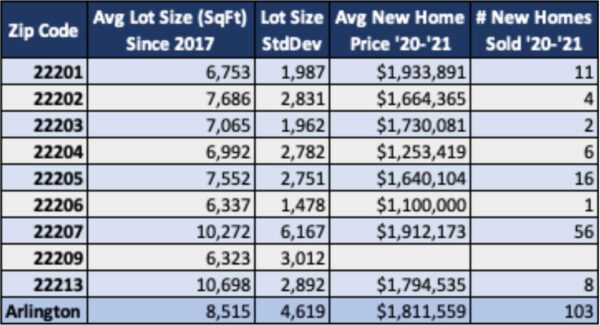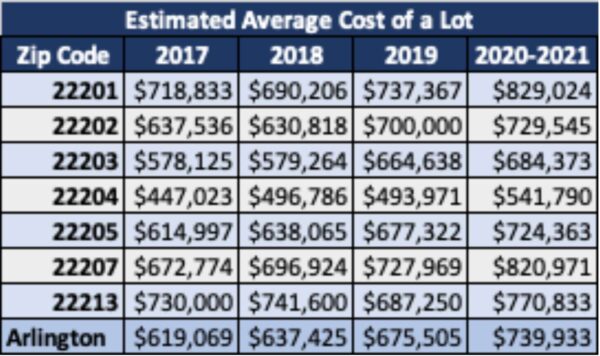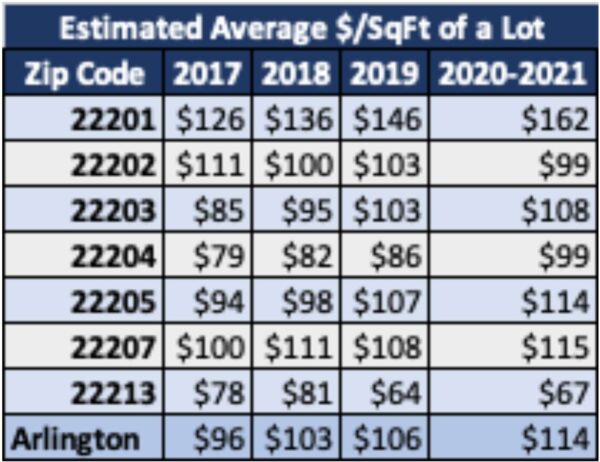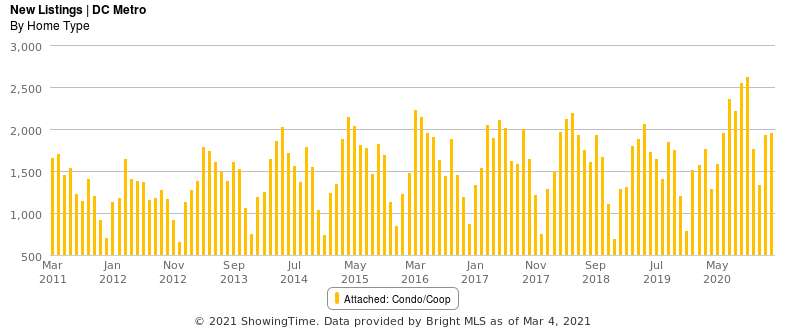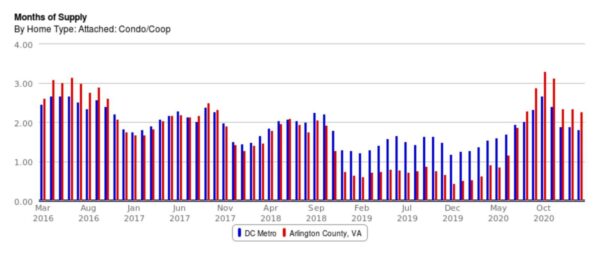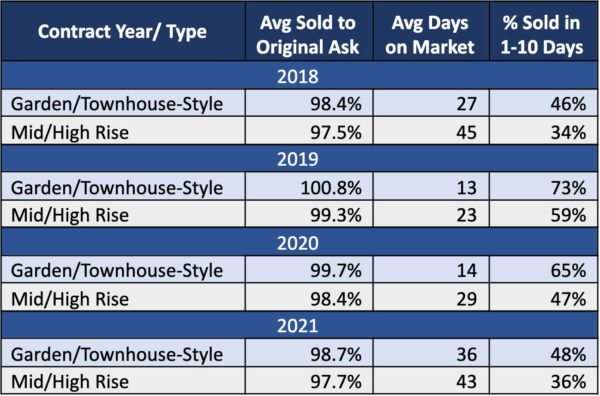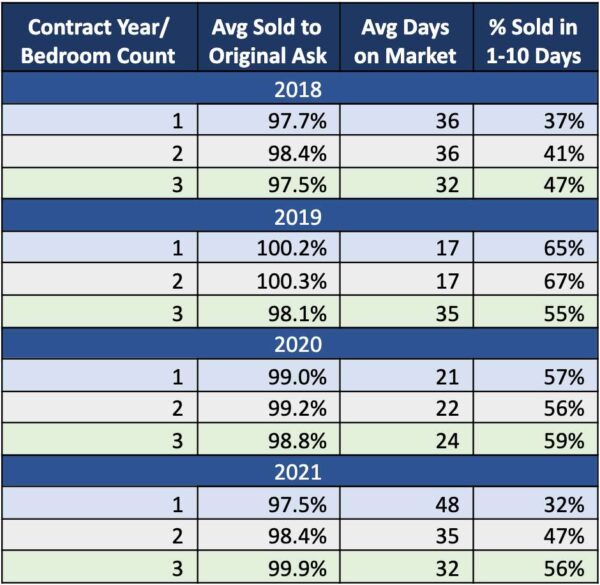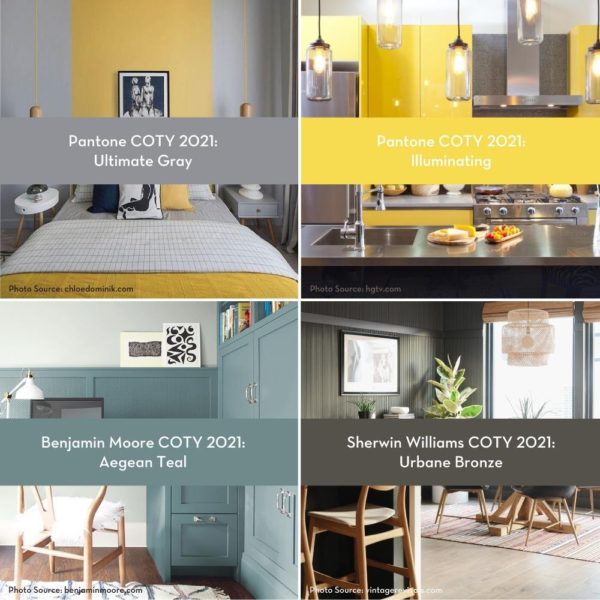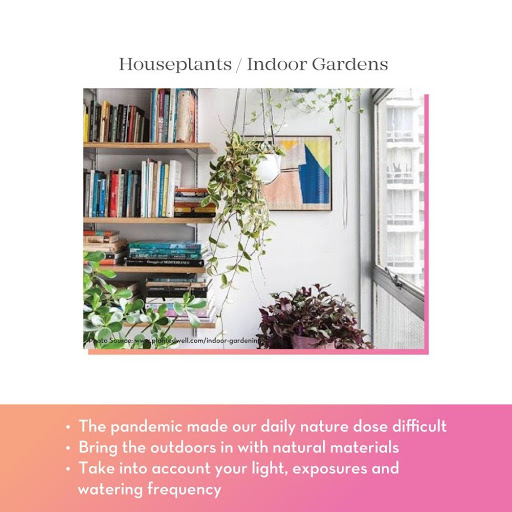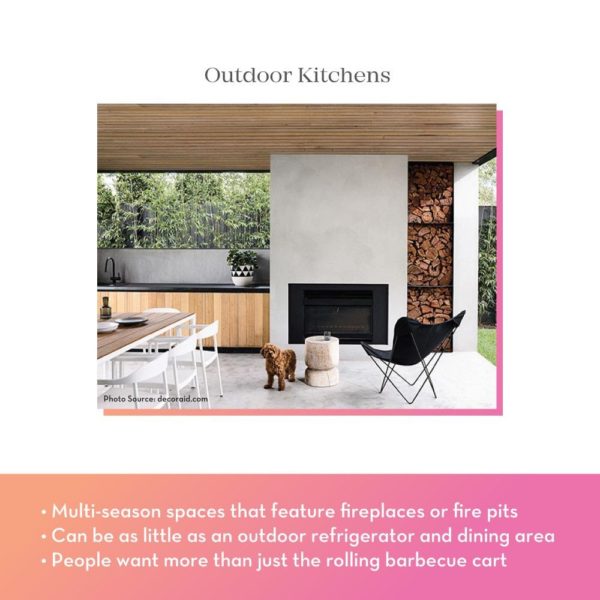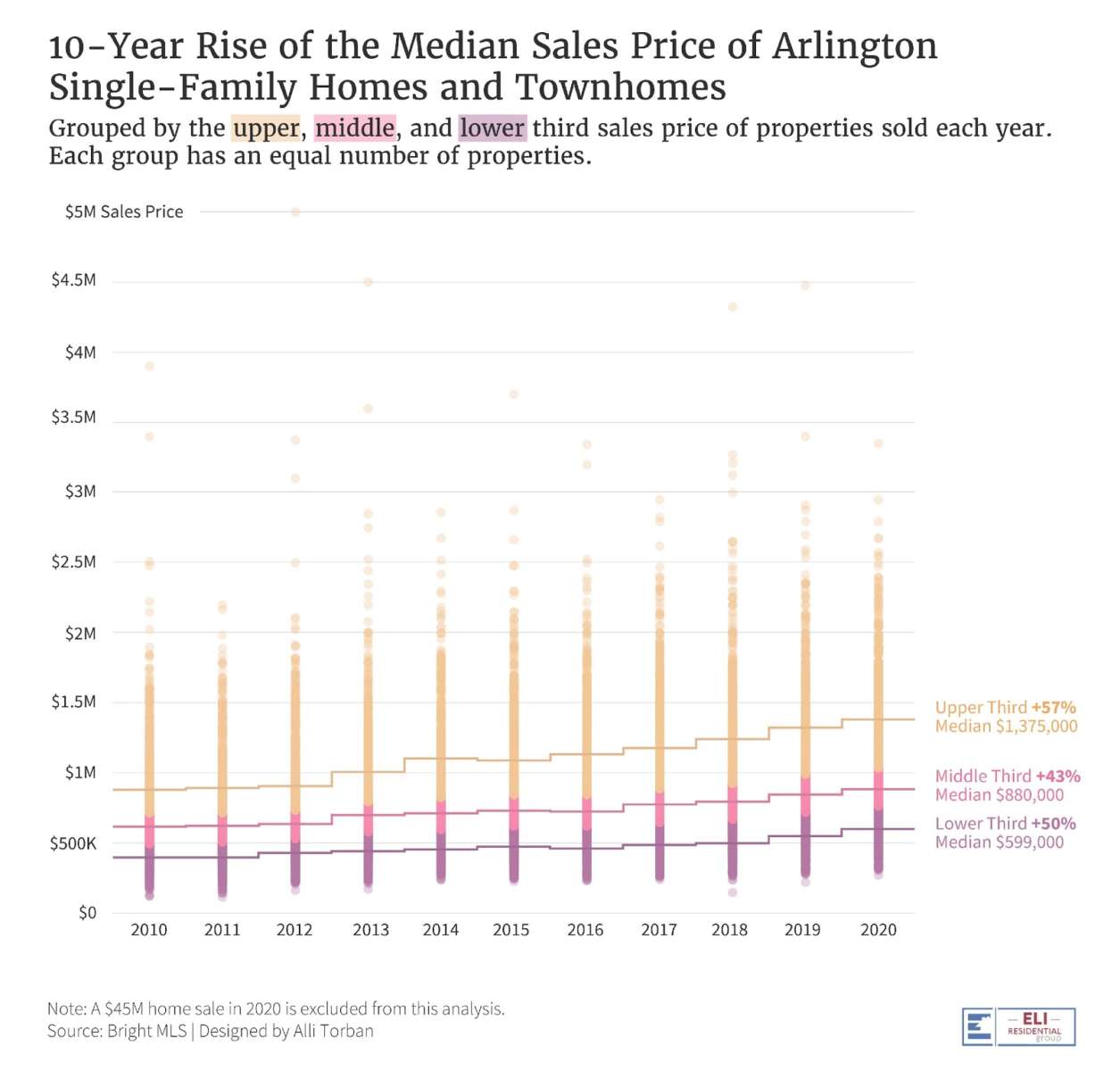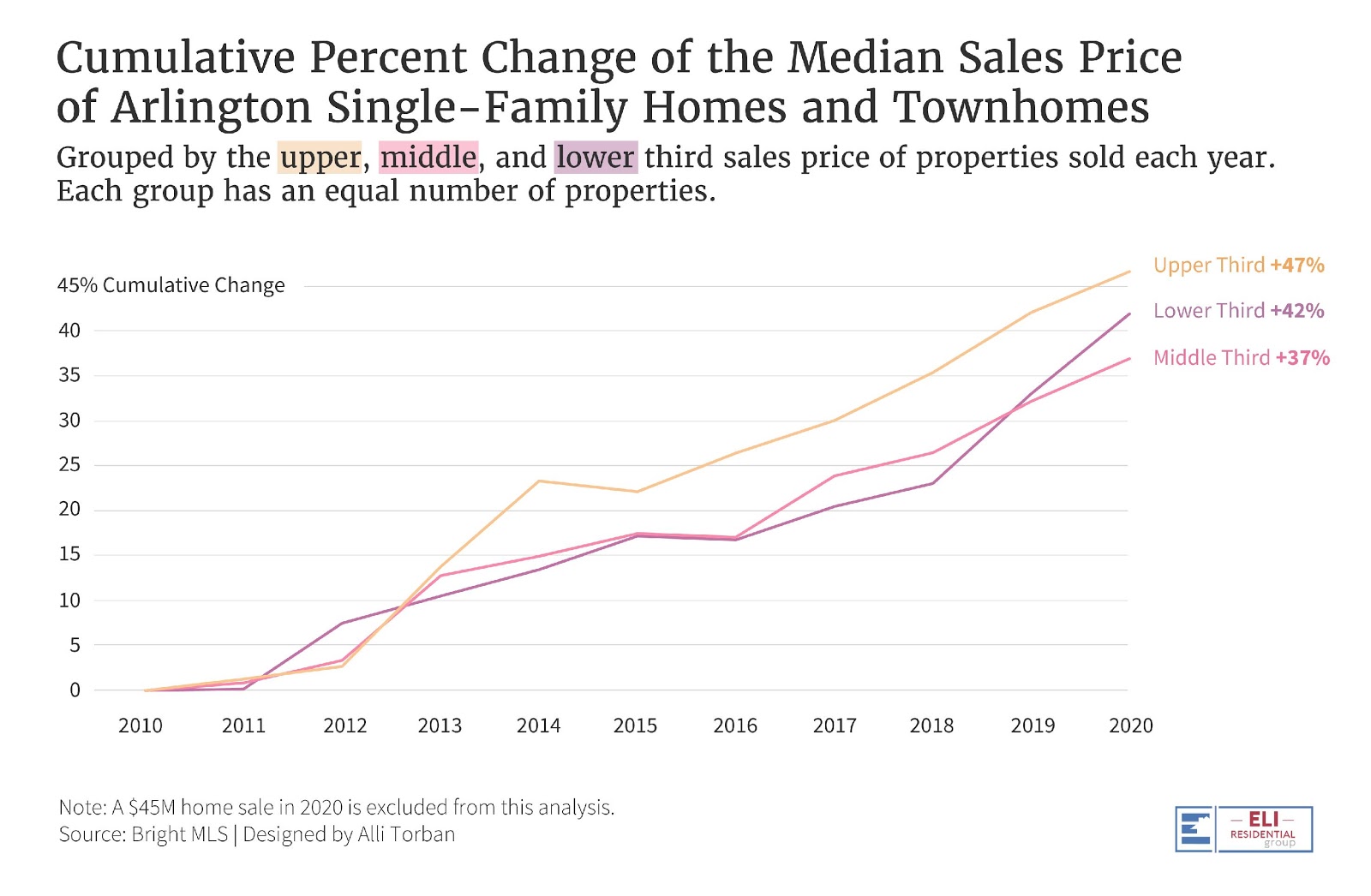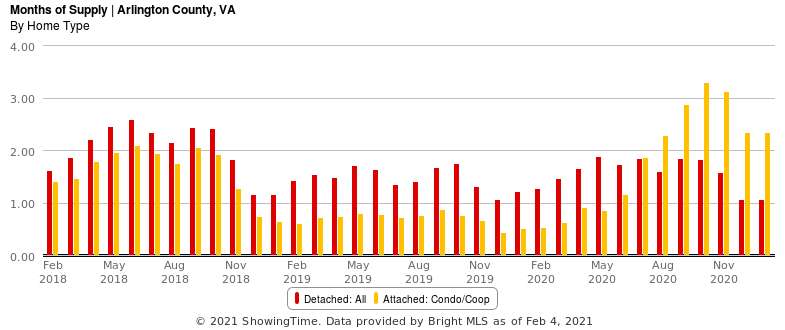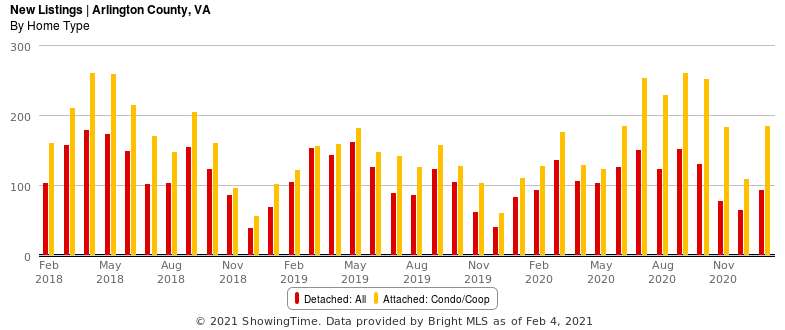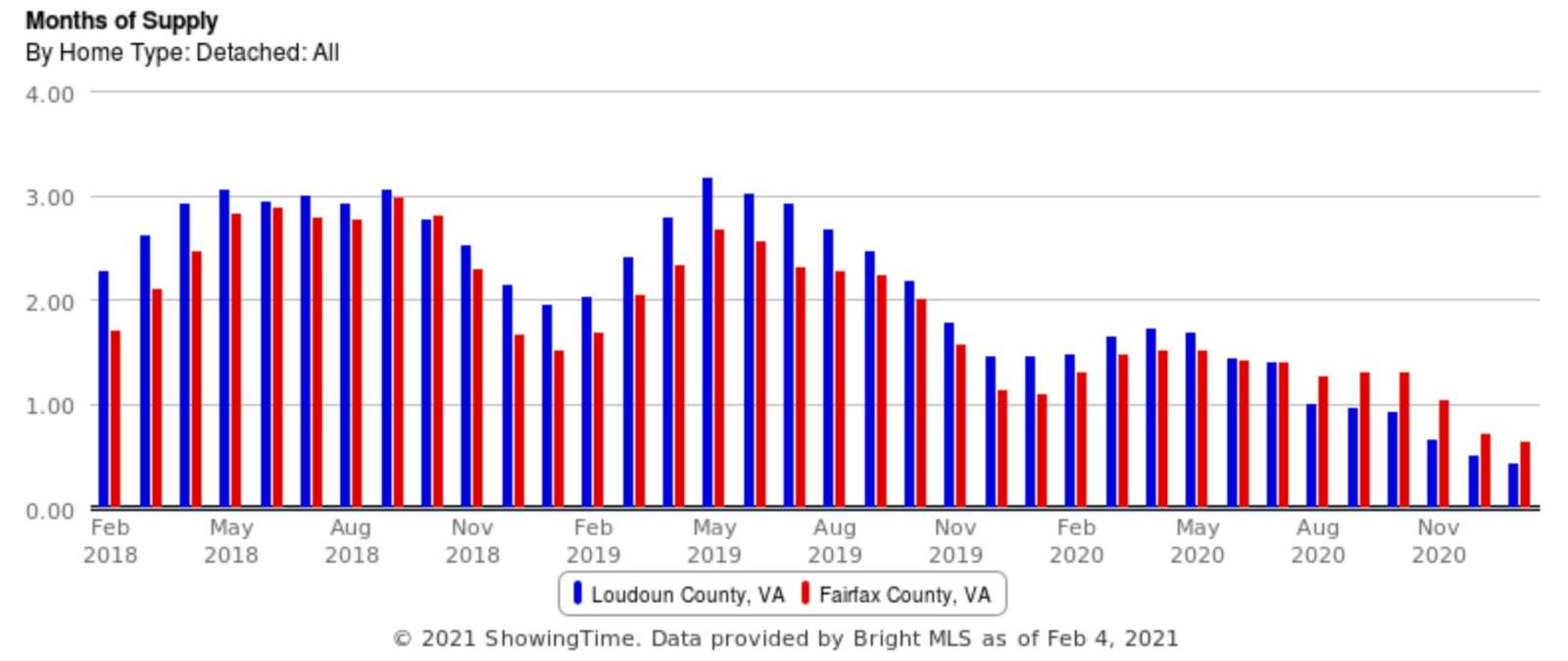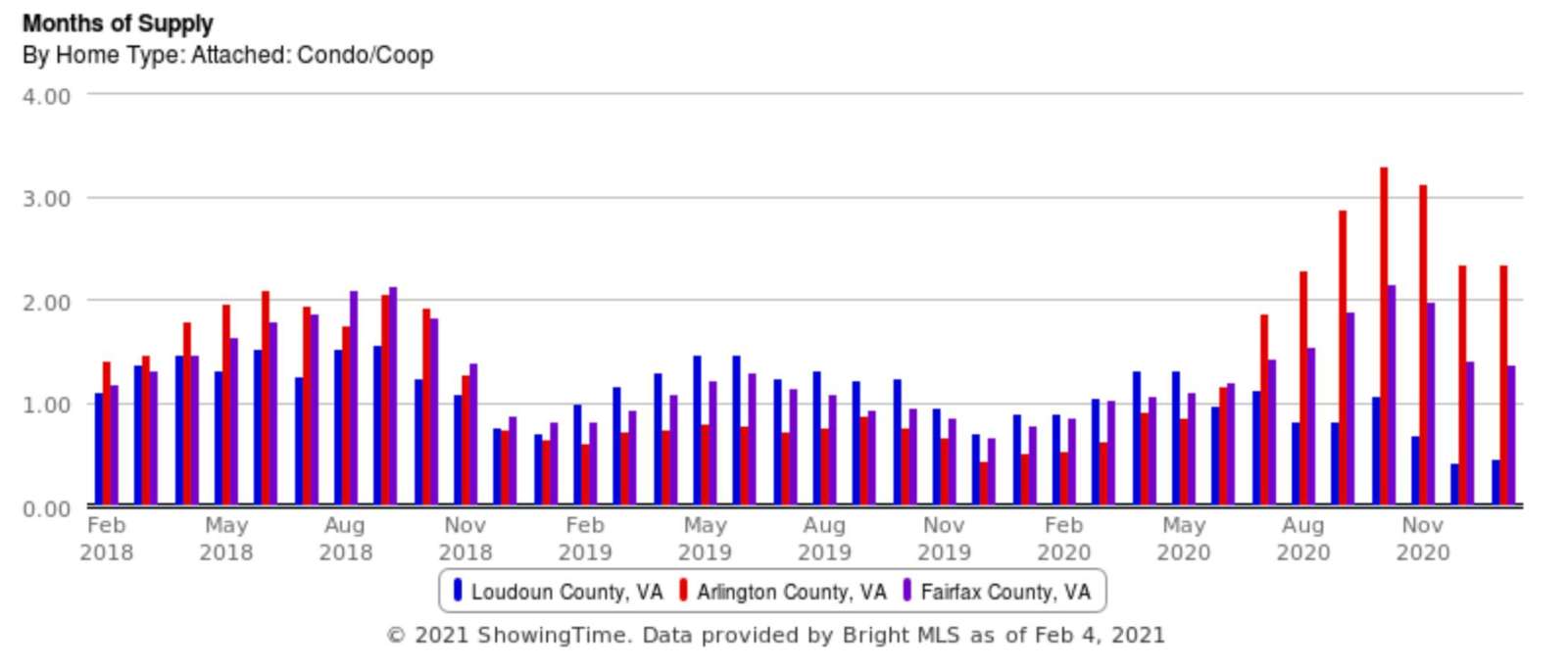This regularly scheduled sponsored Q&A column is written by Eli Tucker, Arlington-based Realtor and Arlington resident. Please submit your questions to him via email for response in future columns. Enjoy!
Question: Can I get proof that there are multiple/competing offers on a property?
Answer: The short answer is no. There’s no way to get absolute proof of another offer, except when an Escalation Addendum is used (which I’ll address later), but there are strategies to help determine how legitimate a listing agent’s claim of multiple offers is.
Ask Questions
There’s a myth that agents aren’t allowed to disclose the details of an offer to another agent when, in fact, it’s perfectly legal unless the seller declines it in the listing agreement (rare). When I’m told about another offer, I usually ask questions about the competing offer’s terms, how/when the seller will make a decision and anything else that’s relevant to the offer. In most cases, I’m able to judge with a high level of confidence whether or not the other offer is legitimate and the strength of that offer(s).
Situational Awareness
Here are a few factors to help determine the likelihood of multiple offers:
- Days on Market: The highest chance for multiple offers is within the first week a property is listed, with the likelihood decreasing with each week that passes.
- Price: If you think the list price seems below market value, you’re probably not the only one. In some cases, homes are priced slightly below market value to encourage multiple offers. It’s also important to understand buyer volume/demand at different price points. There are a lot more buyers searching Arlington for a $900,000 three-bedroom detached home than there are buyers searching for a $3 million eight-bedroom home, thus a much higher probability of multiple offers on the $900,000 home.
- Market Conditions: In the current market, nearly every detached home or townhouse that is priced at, below or just above market value is getting multiple offers. Pay attention to data points like Months of Supply in the area/sub-market you’re searching to gauge supply and demand for a good indication of how likely multiple offers are.
- Uniqueness: A unique home, with uniqueness coming from positive features like lot size/quality, has a much better chance of getting a lot of offers than a property that’s easier to find, like a 700-square-foot one-bedroom condo in the Rosslyn-Ballston Corridor.
Of course, multiple offers can come at any time. I once had a listing that had one offer in over a year and then ended up with two offers on a random Monday. I couldn’t explain it, and it was certainly an interesting conversation with the two agents who submitted offers.
Risky Business
Made-up offers are a lot less common than you’d imagine because most agents understand how much riskier it is to negotiate using a fabricated offer instead of negotiating through strong counteroffers and honest negotiations. In the hundreds of multiple/competing offer situations I’ve been involved in, I’ve never once walked away knowing for certain an agent fabricated an offer and only had reason to think it might have happened a few times.
Proof via Escalation Addendum
If the seller chooses to accept your offer using an escalated price through the Escalation Addendum (allows you to automatically beat another offer, up to a maximum price), they must provide “a complete copy of [the] other offer used to justify the escalated sales price.” This is the only contractual obligation a seller/seller’s agent would have to provide proof of a competing offer and the requirement is only to provide proof of the offer used to justify the price escalation, not all offers.
Like most real estate decisions, deciding whether to believe information about a competing offer comes down to a risk-benefit assessment based on the information available to you. The risk of not trusting it could mean losing out to a better offer that proves to be legitimate. The benefit is potentially securing the home at better terms by ignoring the information about a competing offer. I think that helping you (the buyer) understand these risk-benefit scenarios and make decisions about them is one of the most important roles an agent plays in the transaction.
If you’d like to discuss buying, selling, investing, or renting, don’t hesitate to reach out to me at [email protected].
If you’d like a question answered in my weekly column or to set up an in-person meeting to discuss local Real Estate, please send an email to [email protected]. To read any of my older posts, visit the blog section of my website at www.EliResidential.com. Call me directly at 703-539-2529.
Eli Tucker is a licensed Realtor in Virginia, Washington DC, and Maryland with RLAH Real Estate, 4040 N Fairfax Dr #10C Arlington VA 22203. 703-390-9460.



